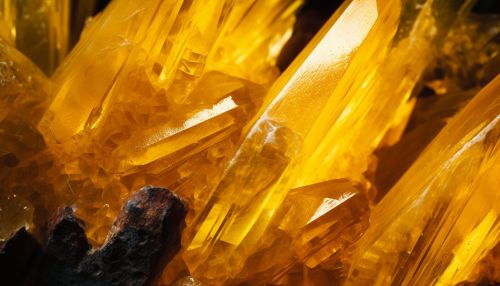Sulfur cycle
Overview
The Sulfur cycle is one of the fundamental biogeochemical cycles in the environment. It is a complex system that involves the movement of sulfur through the atmosphere, hydrosphere, lithosphere, and biosphere. The sulfur cycle is crucial for life on Earth, as sulfur is an essential element for all living organisms, playing a vital role in the structure and functioning of proteins and enzymes.
Sulfur in the Environment
Sulfur exists in various forms in the environment, including elemental sulfur, sulfide, sulfate, and organic sulfur compounds. The distribution of sulfur in the environment is influenced by a variety of factors, including geological processes, atmospheric deposition, and biological activity.


The Sulfur Cycle Process
The sulfur cycle consists of several key processes, including mineralization, oxidation, reduction, and immobilization.
Mineralization
Mineralization is the process by which organic sulfur is converted into inorganic forms, primarily sulfate. This process is primarily carried out by sulfur bacteria and fungi in the soil and water.
Oxidation
Oxidation involves the conversion of reduced sulfur compounds, such as hydrogen sulfide and elemental sulfur, to sulfate. This process is carried out by sulfur-oxidizing bacteria in the presence of oxygen.
Reduction
Reduction is the process by which sulfate is converted back to sulfide, primarily by sulfate-reducing bacteria in anaerobic environments.
Immobilization
Immobilization refers to the incorporation of sulfur into organic compounds by plants and microorganisms.
Role of Sulfur in Life Processes
Sulfur plays a critical role in various life processes. It is a component of some amino acids, the building blocks of proteins. It is also involved in the formation of coenzymes, which are essential for many biochemical reactions.
Human Impact on the Sulfur Cycle
Human activities, particularly the burning of fossil fuels and the production of sulfuric acid, have significantly altered the sulfur cycle. These activities have led to an increase in the atmospheric concentration of sulfur dioxide, which can lead to acid rain and other environmental problems.
